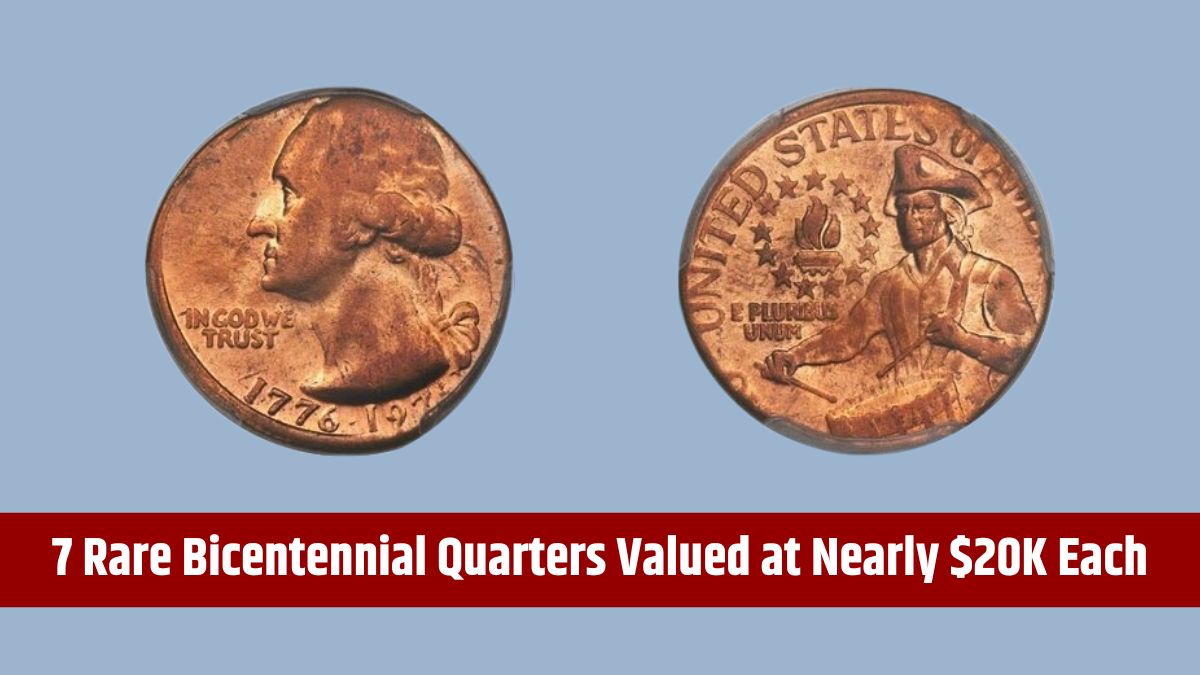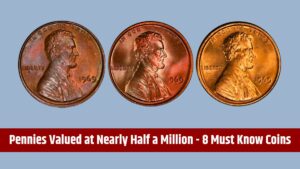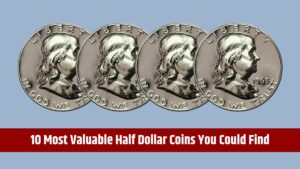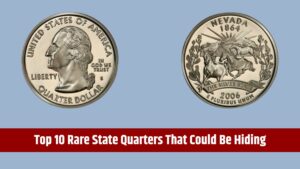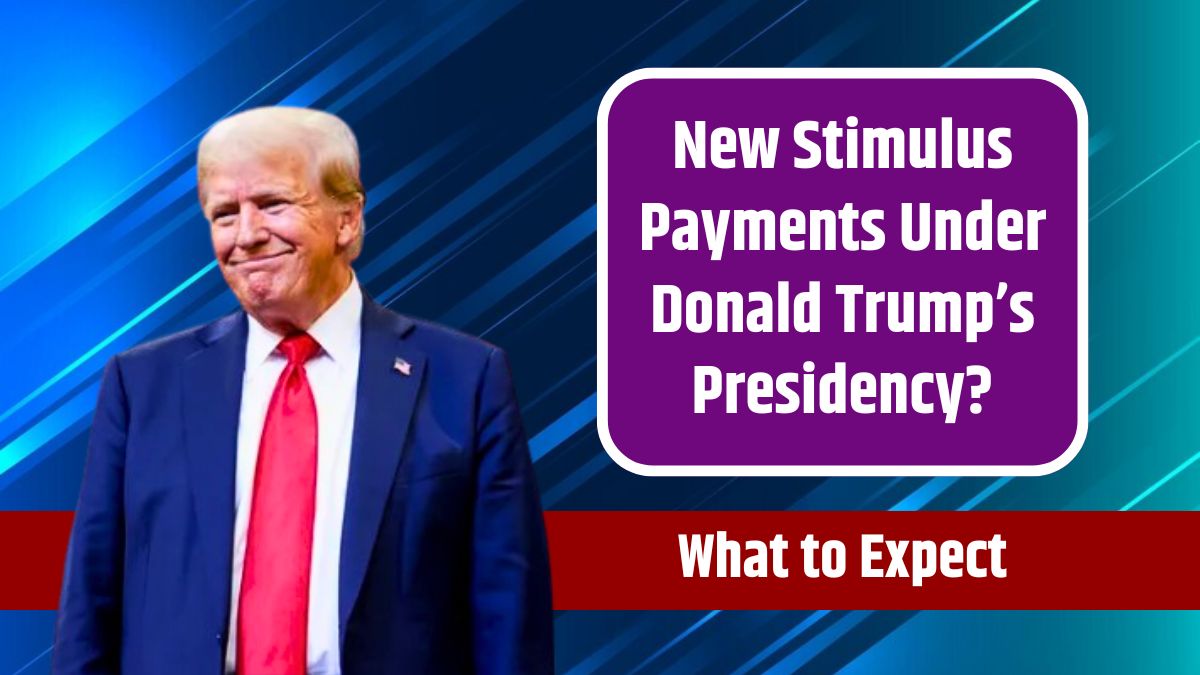The 1976 Bicentennial Quarter, minted to commemorate the United States’ 200th anniversary, is a treasured piece of American coinage. While most of these quarters remain common, some rare variations and errors have elevated their value to astonishing heights. Below, we look into seven Bicentennial Quarters worth up to $20,000 each and what makes them so exceptional.
1976 Bicentennial Quarter (Double Die Obverse)
Estimated Value: $10,000–$20,000
Why It’s Special
A Double Die Obverse (DDO) error occurs when the design on the coin’s obverse is struck twice, causing a doubled appearance on elements like the date or inscriptions.
Collector Appeal
- Subtle yet Striking: The doubling effect, visible under magnification, adds rarity.
- Historical Significance: As part of a historic issue, these errors are particularly desirable.
High-grade examples with clear doubling and minimal wear can fetch up to $20,000.
1976 Bicentennial Quarter (Silver Composition)
Estimated Value: Up to $10,000
Why It’s Special
The U.S. Mint produced a limited number of Bicentennial Quarters in 40% silver as part of collector sets. These coins differ significantly from the standard copper-nickel quarters.
Collector Appeal
- Unique Composition: Silver content makes these coins more valuable.
- Condition Matters: Proof or uncirculated examples command higher prices.
Pristine silver Bicentennial Quarters can sell for as much as $10,000.
1976 Bicentennial Quarter (Proof Error)
Estimated Value: $15,000–$20,000
Why It’s Special
Proof coins are struck with precision for collectors, but even these occasionally feature errors like die cracks, double strikes, or misalignments.
Collector Appeal
- Contrasting Features: The flawless finish of proof coins makes errors stand out.
- Limited Supply: Error-proof coins are rare, adding value.
These proof errors can fetch up to $20,000 in perfect condition.
1976 Bicentennial Quarter (Off-Center Strike)
Estimated Value: $5,000–$20,000
Why It’s Special
An off-center strike happens when the coin blank (planchet) is not correctly aligned with the dies during minting, causing a shifted design.
Collector Appeal
- Visual Intrigue: The misaligned design makes each error unique.
- Degree of Shift: More dramatic misalignments fetch higher prices.
High-grade examples with off-center strikes exceeding 10% are valued at up to $20,000.
1976 Bicentennial Quarter (Wrong Planchet Error)
Estimated Value: $10,000–$20,000
Why It’s Special
Occasionally, a Bicentennial Quarter was mistakenly struck on a planchet intended for another coin, like a dime.
Collector Appeal
- Unusual Features: Variations in size, weight, or composition make these coins fascinating.
- Exceeding Rarity: Few examples exist, driving demand.
Wrong planchet errors are among the most valuable, often fetching up to $20,000.
1976 Bicentennial Quarter (High-Grade Condition, MS68 or Higher)
Estimated Value: $10,000–$20,000
Why It’s Special
Most Bicentennial Quarters saw extensive circulation, making high-grade, uncirculated examples exceedingly rare.
Collector Appeal
- Pristine Preservation: Near-perfect coins showcase original luster and detail.
- Limited Availability: MS68 or higher grades are exceptionally rare.
Coins in near-perfect condition can sell for as much as $20,000.
1976 Bicentennial Quarter (Clipped Planchet Error)
Estimated Value: $5,000–$10,000
Why It’s Special
A clipped planchet error occurs when part of the coin blank is missing before it is struck, resulting in a coin with a noticeable “clip.”
Collector Appeal
- Rare Flaw: The clipping makes each coin unique.
- Visual Distinction: The error is easily recognizable and adds appeal.
High-grade clipped planchet errors can reach values of up to $10,000.
The value of these Bicentennial Quarters stems from their rarity, condition, and historical significance. Errors and unusual features make them stand out, while high-grade examples appeal to collectors seeking the finest specimens.
FAQs
What is a Double Die Obverse error?
It occurs when the design is struck twice, creating a doubled appearance.
How do I identify a silver Bicentennial Quarter?
Silver quarters are heavier and have a distinctive silver edge.
What is an off-center strike?
An off-center strike happens when the coin’s design is misaligned.
Why are wrong planchet errors valuable?
These errors are rare, with coins struck on incorrect blanks being unique.
How does coin grading affect value?
Higher grades, such as MS68, indicate better preservation, boosting value.

